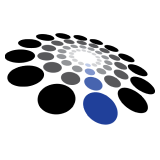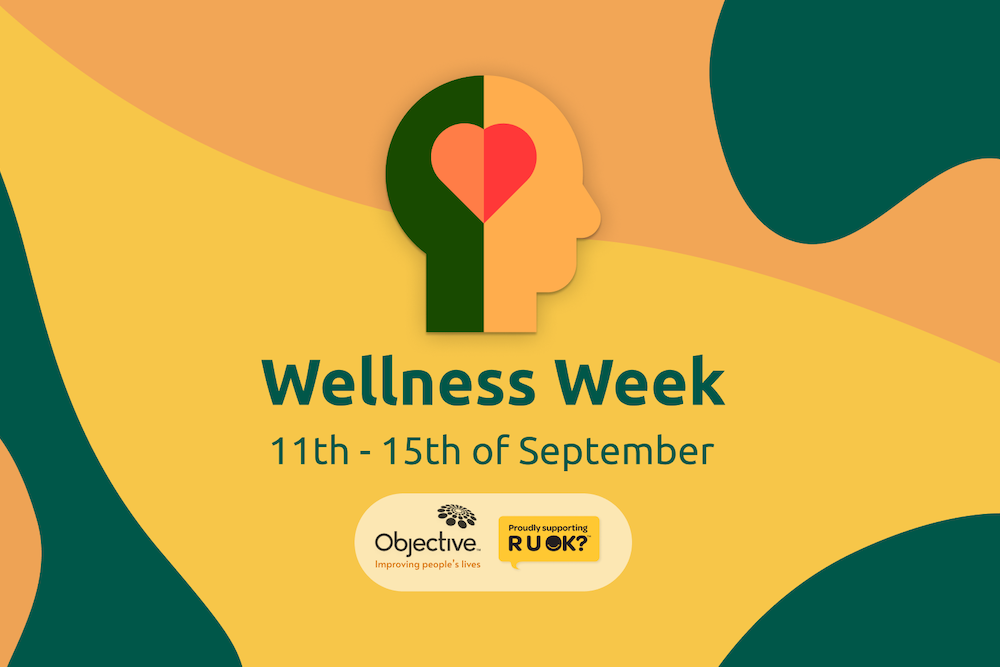Qualitative research – A beginners guide for interpreting and understanding key points
An introductory guide to working within a project that utilizes qualitative research methodologies
From my time spent working as a UX researcher and design consultant, I have come to learn a few key things which may seem incredibly obvious to a few but may not seem so obvious to others.
- First, that sometimes it’s not always as easy as it seems. You may think that because you finished speaking to 10 people, pulled a couple of great quotes from the data, and have some good video recordings of your interviews that you can then slap all that together and put it in a report.But until you take the time to deep dive into the observations and data gathered from your participants, you might still be missing some key points and deeper observations that the client cares about.
- Second, it’s best to approach each new project as something brand new. Just because something seems familiar or you already understand the topic doesn’t mean your ideologies will help solve your research problems and HMWs (how might we’s) for this specific project.
- Third, that great qualitative insights take time to analyze, and not everything is so black and white when it comes to understanding the insights from a qualitative study.
The observations within this post will cover a few key things I’ve learned over the course of my career and that I wish I had known before as helpful tips. i.e. a “beginners guide” to qualitative practices, and some key considerations when starting a new project.
Observation number one: The importance of sitting down together (or figuratively, over Slack channels if you work remotely) with your team and laying out/organizing how you want to tackle the upcoming project is probably one of (if not the most) crucial parts of any research project you are starting.
This helps to lay the foundation of “what am I going to focus on, and what will my role be within this project” while doing so in a non-confrontational way amongst your team.
“Hmm no I don’t think that was my job, X was going to put together the insights for the personas”
“Oh, they’re still asking for that update? I thought X was going to send that email to the client?”
“No, I thought X said that they were going to get that together for the weekly catch-up with the client.”
You’ve probably encountered one or all of the above problems at least once or twice at some point in your career. (If not, then that’s ideal of course and hats off to you!)
But some may not have been so lucky.
Organizing yourself, either before or after the project kickoff, will help you and your team to avoid these issues.
Also know that timelines and individual duties may shift as the project progresses, which is fine, but having a solid line of communication and internal understanding amongst your team helps to maintain a comfortable level of organization for the duration of the project.
Observation number two: Let’s imagine that you will be conducting qualitative research for your project.
Once you and your team have had the chance to organize internally, it’s time to start recruiting for the other key component of your project.. the participants!
From experience, most projects we take on board within my organization wouldn’t be able to happen without the right participants, as you would be missing a lot of those juicy “golden nuggets” that we all strive to deliver to our clients.
So, whether your organization has its recruiting department or you’re responsible for doing the recruitment yourself, just know that it’s crucial that you allow enough time within the project schedule to recruit accordingly, as without the right participants for the study you will struggle to obtain the relevant data you will need to bring back to the client.
Observation number three: Understanding and breaking down the qualitative insights.
This is your time to deep dive into all of the insights you and your team have collected through conducting the qualitative research.
This stage is particularly interesting because depending on your experience and thinking process, each person may notice different observations and insights from the qualitative data that you’ve collected.
Taking the time to sit down and understand that it takes time to analyze the information in front of you helps to get your head in the right place for this part of the research.
If you try to rush through all of your data and findings, you are almost certain to miss the key insights and puzzle pieces you need to gather those key insights that the client is paying for, to begin with!
So it’s incredibly important to take your time, read the research objectives, and get creative with understanding how to use the data in front of you.
There are almost endless amounts of blogs, LinkedIn posts, online journals, and discussion boards about “The ideal way to approach analyzing research and data”
I’m not telling you that these are of no value to you, by all means, utilize these facilities! Though from experience I’ve found that until you sit down and understand that this stage of the research is where you can impress the client by taking the time to analyze the data yourself, then most of those other sources won’t get you very far.
Essentially, what I’m trying to say is to take your time and appreciate this part of the process. Understand that you won’t always find the immediate answers and magically uncover all of the hidden insights from the information that is right in front of you.
Continuously ask yourself:
- Why am I here right now?
- How else can I use this information?
- What are the overarching goals we want to achieve from the research?
- Have I missed anything that could add more value to the findings?
At the end of the day, everyone is different and we all have different ways of seeing and processing information.
There are always ways we can help ourselves to help the client.
Coming into a project with the ideologies that analyzing the research can take some time and that the information you’re after could potentially be hidden in plain sight will hopefully allow you to think differently for future projects.
This will help you to uncover methods for analyzing qualitative data which you haven’t thought of before.
Spencer is a mid level UX consultant at OE. He has a focus in human centered design and enjoys sharing experiences of working within the industry with fellow community members.







